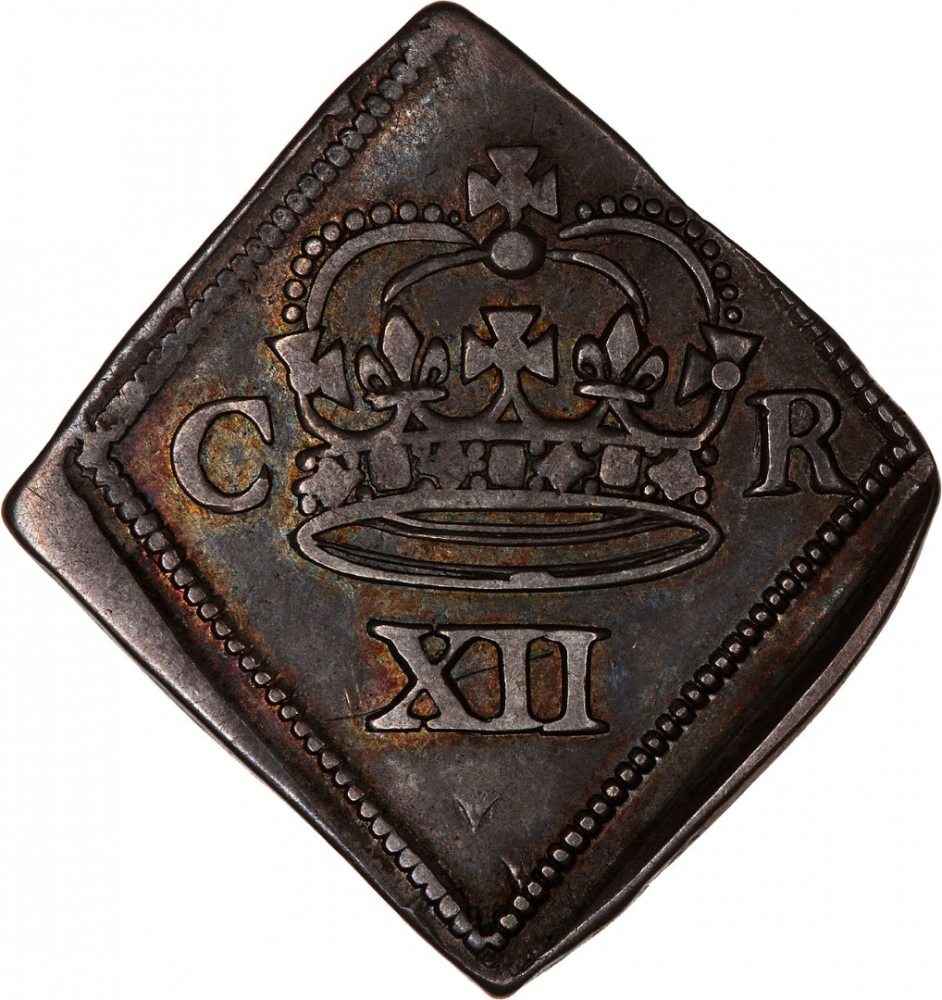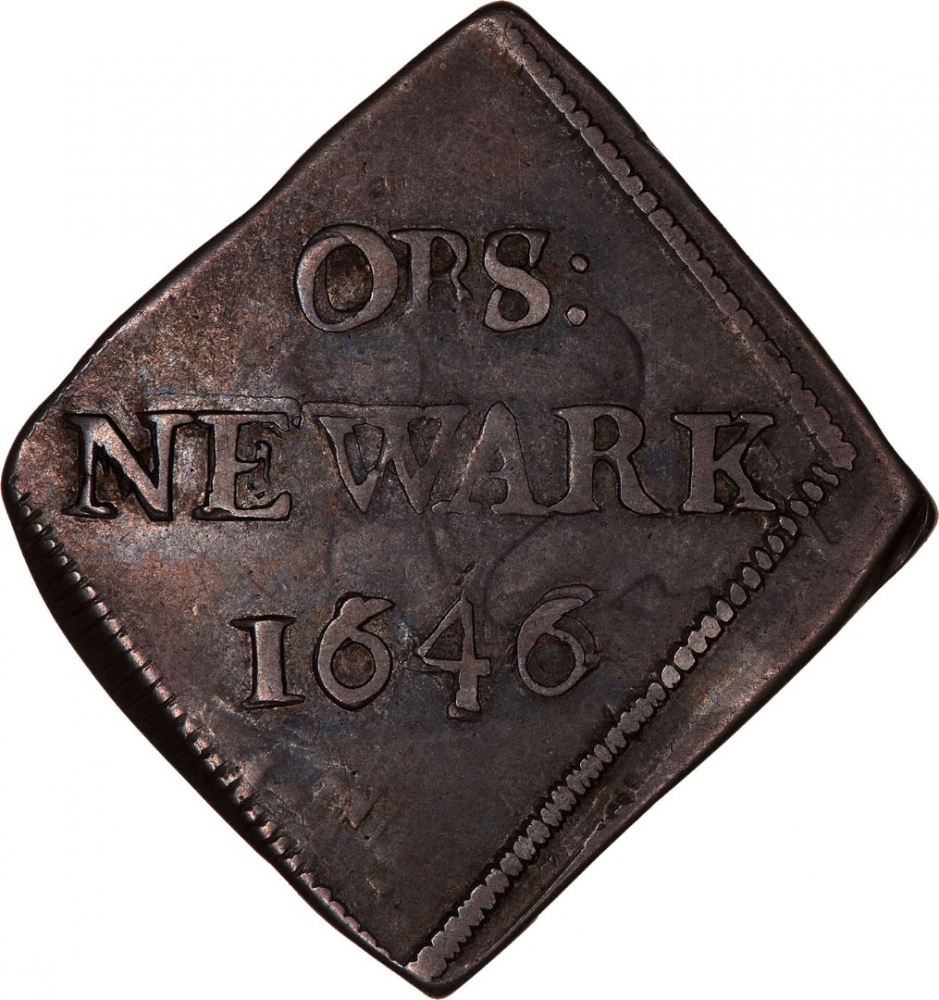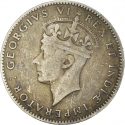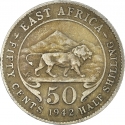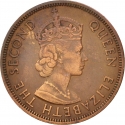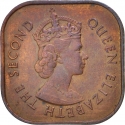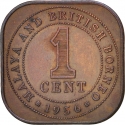You are about to finish your registration. Please check your mailbox (including spam folder). There should be a letter with a confirmation link. Check setting to make sure that your e-mail address is correct.
Send letter againDescription
Siege money or money of necessity was minted in Newark-on-Trent in 1646 during the third and final siege (1645–1646) — the last year of the First English Civil War. To meet need for money, the besieged Royalists set up a mint that manufactured lozenge-shaped coins — half-crowns, shillings, ninepences, and sixpences. Royalist noblemen and gentlemen freely gave their flagons and drinking cups, and these were fashioned into the lozenge-shaped coins. On some of them it is possible to see the pattern of the cup and salver from which they were hastily cut.
The First English Civil War (1642–1646), commenced when the King Charles I raised his standard at Nottingham on 22 August 1642, 20 miles (32 km) south west of Newark. The town was a mainstay of the Royalist (Cavalier) cause: "Newark was besieged on three occasions and finally surrendered only when ordered to do so by the King after his own surrender". The town fielded at times as many as 600 soldiers, and raided many nearby towns of the opposing Parliamentarians (Roundheads). At the end of 1644 it was besieged, but relieved in March by Prince Rupert. Parliament commenced a new siege towards the end of January 1645 following more raiding, but this was relieved after a month. The final siege began in November 1645, by which time the town's defences had been greatly strengthened. King Charles surrendered at Southwell, 8 miles (13 km) west of Newark, on 5 May 1646. He ordered Newark to surrender, which accepted under protest by the town's garrison.
Charles I (1600–1649) was the monarch over the three kingdoms of England, Scotland, and Ireland from 27 March 1625 until his execution in 1649.
Obverse

|
Depicts the Royal crown dividing royal cypher King Charles (Carolus Rex). A Shilling is a 12 pence (hence Roman XII on the coin). C R |
|---|---|
Reverse

|
Depicts a legend OBS Newark (OBS is an abbreviation of obsidium, Latin for siege), and the year 1645 or 1646, in which they were coined. OBS: |
| Edge |
